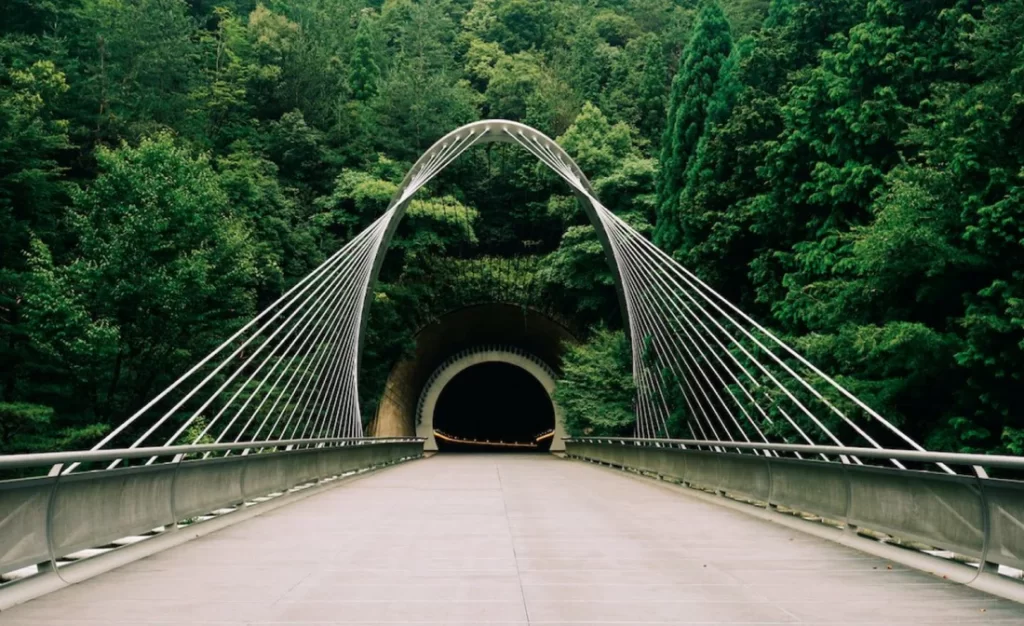Going solo in Japan – Miho Museum Last Updated: April 28, 2024
My discovery of Miho museum was accidental. Friends of ours who lived in Manhattan and knew about our frequent visits to Japan had saved a cutting from New York Times for me.
There was a write up along with a beautiful photograph, very likely as I remember a statue of Buddha.
To our luck it was not very far from Kyoto.
The Miho Museum is located southeast of Kyoto, in the Shigaraki neighbourhood of the city of Kōka, in Shiga Prefecture. It is also the headquarters of the Shinji Shumeikai, a new religious group founded by Mihoko Koyama.The Miho Museum opened in November 1997
Born in Osaka in 1910, Mihoko Koyama was raised in a household that treasured Japanese seasonal events and customs. After graduating from an all-girls high school, Koyama was driven by her artistic aspirations to enter the Jiyu Gakuen Girls’ School in Tokyo.
The collection started by the founder, Mihoko Koyama (1910 – 2003) is designed to fulfill her vision of promoting beauty, peace and joy through art. It includes a wide range of Japanese art, along with ancient art from areas such as Egypt, Western Asia, Greece, Rome, Southern Asia and China.
The Miho Museum collection began with Japanese art, including Shinto and Buddhist art, paintings, ceramics, lacquerware and tea ceremony utensils, collected by Mihoko Koyama for over 40 years. The collection consists of 3,000 pieces of Japanese and Oriental art, of which 250 to 300 are on display at any one time.
The Miho Museum opened in November 1997 amid the abundant natural beauty of the mountains of Shigaraki, Shiga prefecture. The collection started by the founder, Mihoko Koyama (1910 – 2003) is designed to fulfill her vision of promoting beauty, peace and joy through art. It includes a wide range of Japanese art, along with ancient art from areas such as Egypt, Western Asia, Greece, Rome, Southern Asia and China.
We drove to Miho museum from Kyoto. Entrance to Miho museum is very unique.
The approach to the museum was designed by architect I.M. Pei, who is renowned for works such as the glass pyramid at the Louvre in Paris.


Upon visiting the site on which the museum now stands for the first time, he was moved to declare, “This is Shangri-La.” He expressed his own idea by using the Chinese tale “Peach Blossom Valley” to Ms. Mihoko Koyama, the founder of the Miho Museum, and she was immediately in consonance with his idea.
Visitors travel down a walkway enveloped by cherry trees and pass through a tunnel and over a bridge before arriving at the museum. The design was inspired by the ethereal utopia described in the Taohua Yuan Ji (The Peach Blossom Spring), an ancient Chinese work written by Tao Yuanming. The work tells the tale of a fisherman who roams into a grotto after being drawn in by the fragrant scent of a forest of blossoming peach trees. Emerging from the other side, he finds an idyllic village of inhabitants who all live joyfully, and welcome the fisherman into their homes.
The Miho Museum has been conceived as a real-world version of this village. We hope you will enjoy the harmonious blend of natural beauty, architecture .
